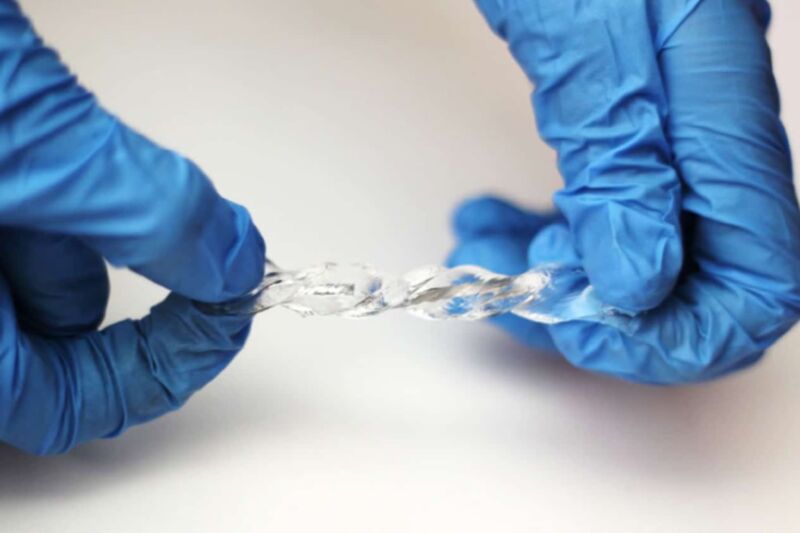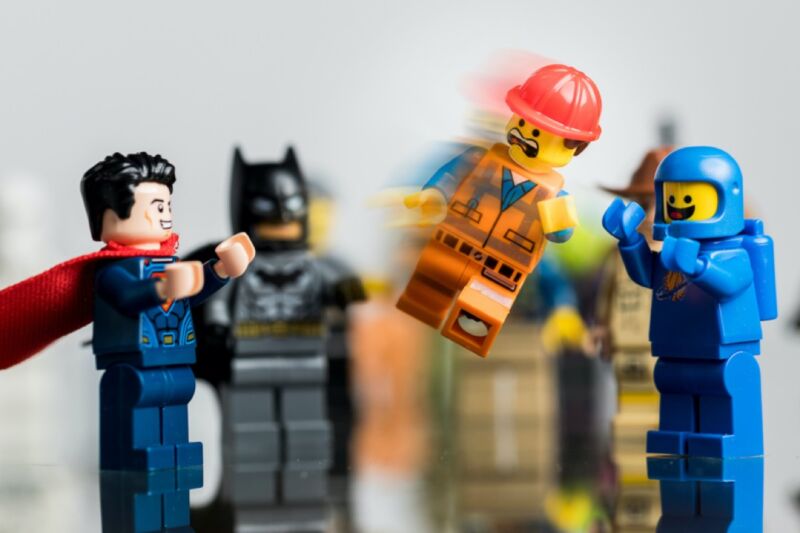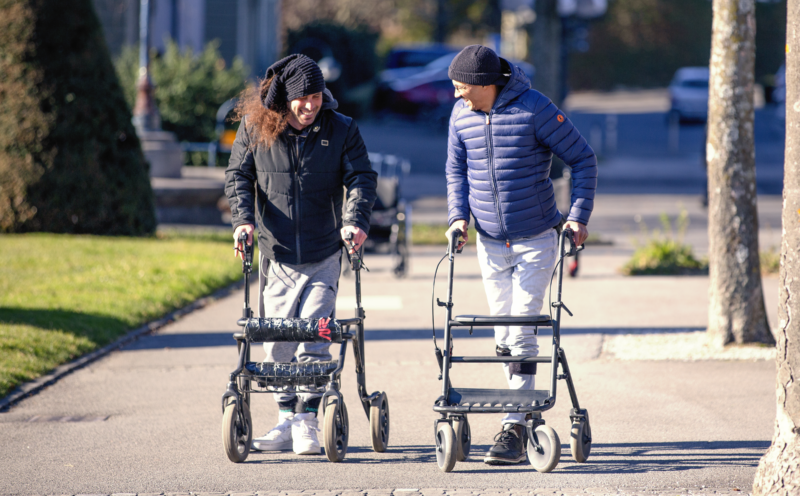- Joined
- Apr 2, 2005
- Messages
- 14,047
- Reaction score
- 2,043
Probably too small a sample size.
The more I listen, the more terrible it is. It is an interesting concept, but it is fully a novelty. Is it a proof of concept? I doubt it, but we'll see.
Probably too small a sample size.
the latest Jeri project:
https://youtu.be/3719onxbeI0
https://youtu.be/AB4NjMWKV0s
https://youtu.be/0zfxrnArr1w

You should link the actual Kickstarter.
Tilt Five: Holographic Tabletop Gaming
Jeri is an amazing talent and a nice person. I would say I hope this endeavor works out, but by the kickstarter amount it seems it already has
she sure is.Jeri is an amazing talent and a nice person






